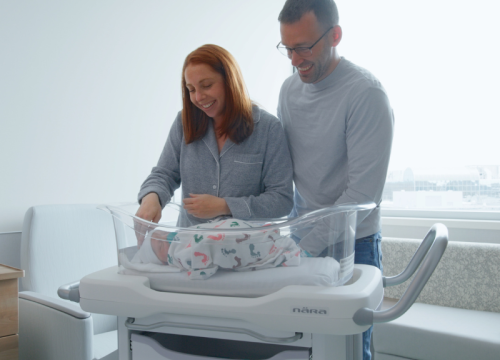If you or someone you know is affected by loss of bladder control, you are not alone. This condition — also known as urinary incontinence — affects men and women, but it is nearly twice as common in women. Urinary incontinence affects 30 to 50 percent of women.
Although common even among younger women, urinary incontinence (the leakage of urine) is not considered “normal” at any age.
Sometimes women are made to feel that since bladder control problems are rarely life-threatening, they are not really a problem.
Urinary Incontinence Treatment at Valley
Urinary incontinence can have a significant effect on your quality of life. At Valley, we understand that it can undermine your sense of well-being, and your ability to live your life the way you want.
After experiencing these problems, women may begin to stop exercising or participating in physical or social activities, further reducing health and quality of life. Work activities, travel and intimacy also may suffer.
The good news: 80 to 90 percent of women who seek treatment for urinary incontinence experience significant improvement.
Treatment Options
- A wide array of treatment options exist, ranging from behavioral and diet changes to surgical options.
- Non-surgical options include neuro stimulation of the pelvic floor (Interstim) and PTNS (peripheral tibial nerve stimulation).
- Surgical options at Valley include suburethral sling, pubovaginal sling and TVT tension free vaginal tape.
Our urogynecology program will evaluate your symptoms and review with you treatment options appropriate for your urinary incontinence.
















